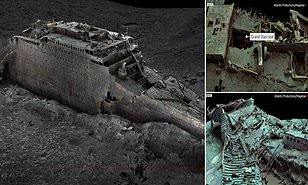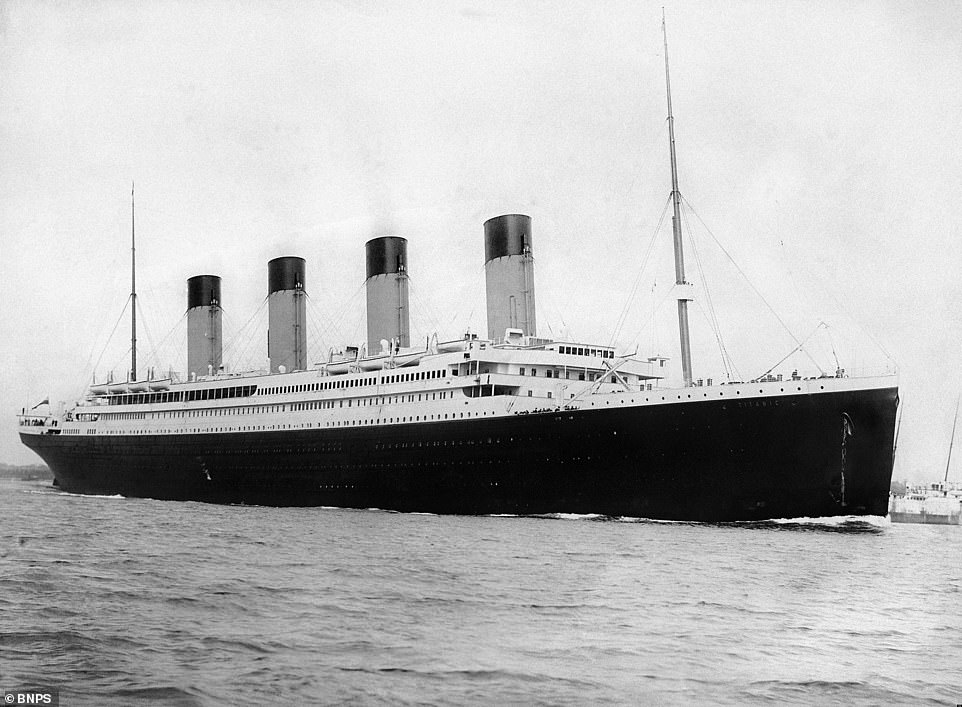
Titanic: Full-Sized Scans Shows What Happened The Night The Ship Sank (Pictures)
-Experts took thousands of digital images to create an incredible 3D reconstruction of the famous shipwreck
-Study of the scans could reveal more about the mysteries surrounding the sinking on April 15 1912
-More than 1,500 people died and the wreck is deteriorating off the coast of Newfoundland, Canada
The Story Of Madam Koi Koi – Family
More than a century after it sank, the first ever full-sized scans of the Titanic show the historic shipwreck in astonishing detail.
Experts have taken thousands of digital images to create an incredible 3D reconstruction of the wreck, which now lies 350 nautical miles off the coast of Newfoundland, Canada.
The images, published by the BBC, reveal the wreckage in greater detail than ever before, including stalactites of rust on the ship’s bow, the serial number on a propeller, and a hole over where the grand staircase once stood.
They present Titanic almost as if it’s been retrieved from the water, although this will likely never happen as the wreck is so fragile that it would disintegrate under any movement.
Experts hope studies of the scans could reveal more about the mysteries surrounding what happened on the fateful night in April 1912, such as the exact mechanics of how it struck the seafloor.
The images, published by the BBC, reveal details in greater detail than before. Pictured is the ship’s bow, much of which is buried under mud due to the force of impact when it hit the ocean floor in the early hours of April 15, 1912
Images show the stern (the back of the ship) as a twisted mess of metal, after it hit the ocean floor still rotating in a counter-clockwise direction
Firm Develops Technology to Generate Drinking Water From Air in Nigeria
The luxury ocean liner – owned and operated by British company White Star Line – tragically sank in the early hours of April 15, 1912 after a collision with an iceberg in the Atlantic Ocean, killing an estimated 1,517 of the 2,224 people on board.
The remains now lie on the seafloor about 350 nautical miles off the coast of Newfoundland, Canada, although the delicate wreck is deteriorating so rapidly underwater that it could disappear completely within the next 40 years.
‘There are still questions, basic questions, that need to be answered about the ship,’ Titanic analyst Parks Stephenson told the BBC.







